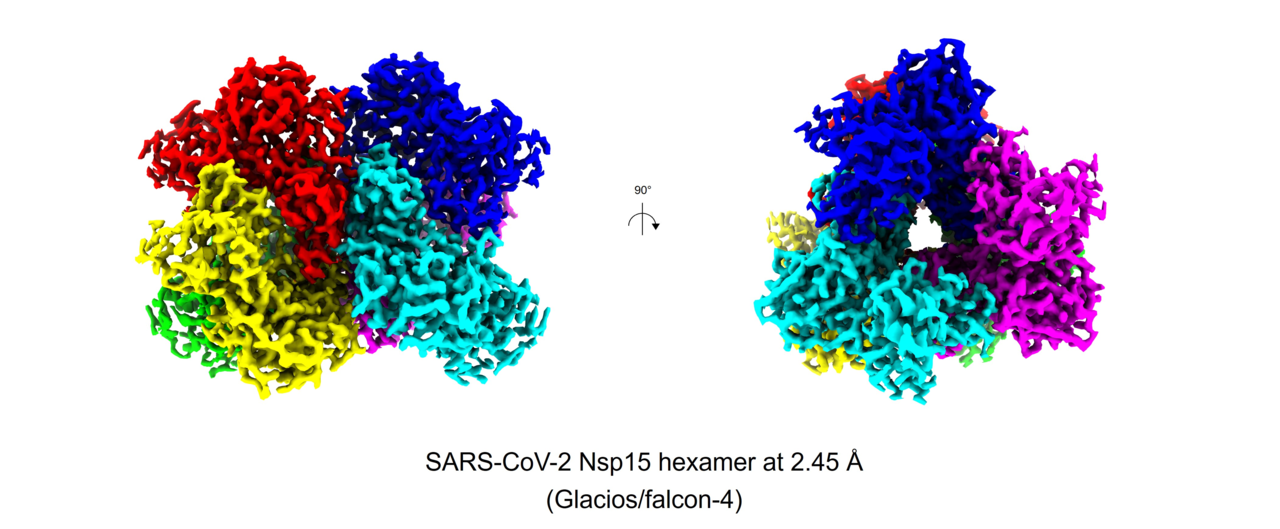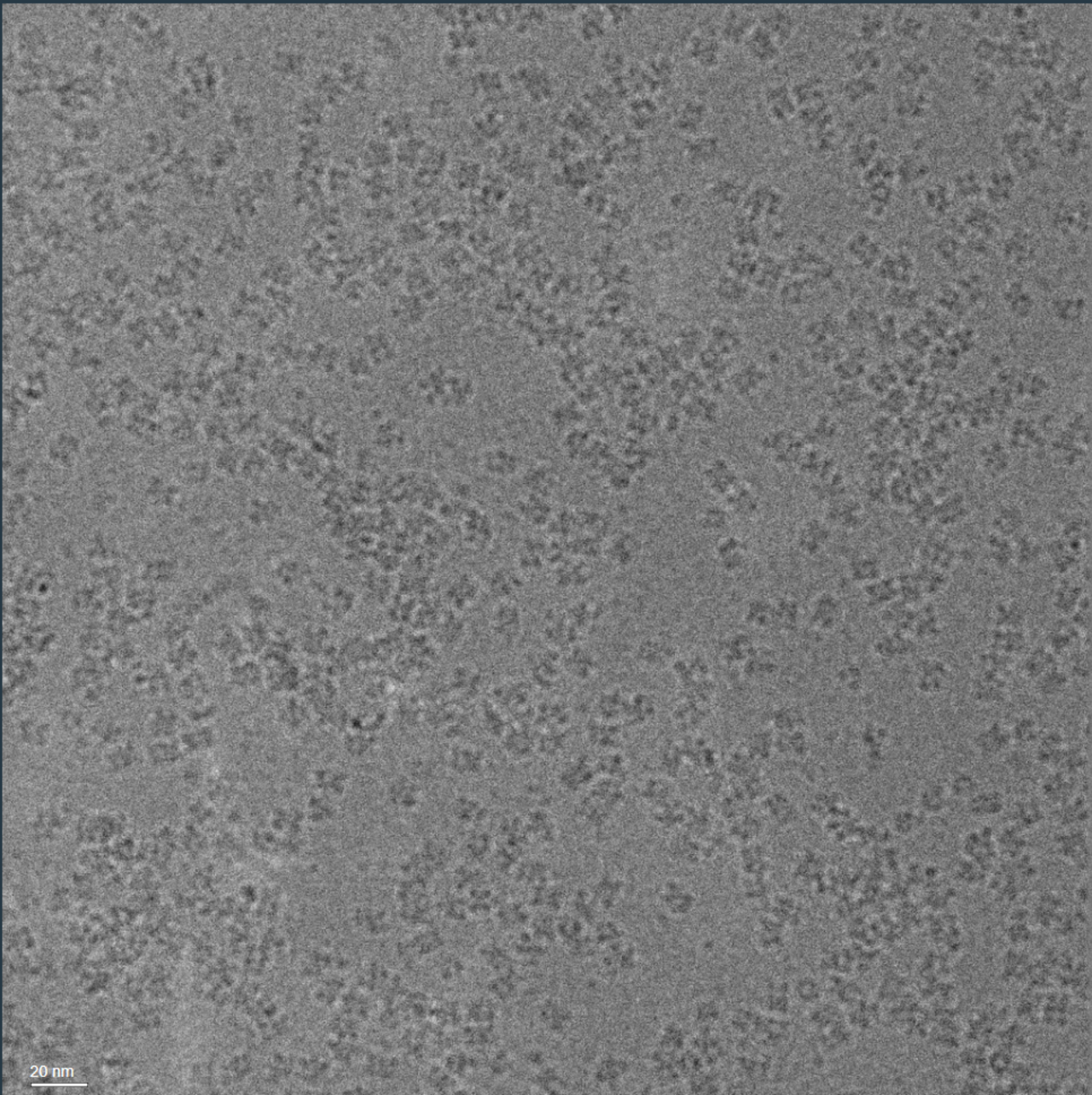Cryogenic Electron Microscopy
0.0.0.0.1 A major research partnership establishes access to cryogenic electron microscopy instruments on the USC campus.
0.1 Cryogenic Electron Microscopy Project
Collaborators: University of Southern California Information Sciences Institute (Ewa Deelman, Mats Rynge, Karan Vahi), USC CARC(BD Kim, James Hong, Jimi Chu, Bill Jendrzejek, Chris Taylor, Cesar Sul, Tomek Osinski), USC ITS (Dhaval Mandalia, James Duley, Robert Lau), USC Center for Nano Imaging (John Curulli), USC Dornsife (Cornelius Gati, Michael Polk, Nishigandha Emde), Amgen, and Thermofisher
A collaboration among Amgen, Dornsife, USC ITS, USC ISI, and USC CARC brought two cryogenic electron microscopy (cryo-EM) instruments to USC. These microscopes transmit up to 16 TB of refined data at near-atomic resolution per day.
CARC lead the effort to create a full research ecosystem for the USC cryo-EM research community, including user interface, a data and computational workflow management platform, and special GPU cluster deployment. Major achievements of the project include:
- Automation of data extraction and transfer to CARC storage.
- Automation of data delivery to Amgen’s cloud storage.
- Development of a cryo-EM data pre-processing platform using the Pegasus Workflow Management System.
- Development of a cryo-EM user portal with an integrated Slack user notification feature.
The high degree of automation during the data processing, extraction, and transfer process is a huge benefit for researchers making use of the microscopes, and not typically available in cryo-EM workflows. In particular, the integration of Slack as a means to view pre-processed images from the microscopes in near real time is valuable for monitoring purposes.

A cryo-EM density map of SARS-CoV-2 Nsp15

2D class averages of the particles of SARS-CoV-2 Nsp15

Raw cryo-EM image of SARS-CoV-2 Nsp15
Moving away from typical ITS support, this partnership marks the first of its kind for ITS and pushes the department toward its goal of becoming a long-term collaborative partner for the USC research community.